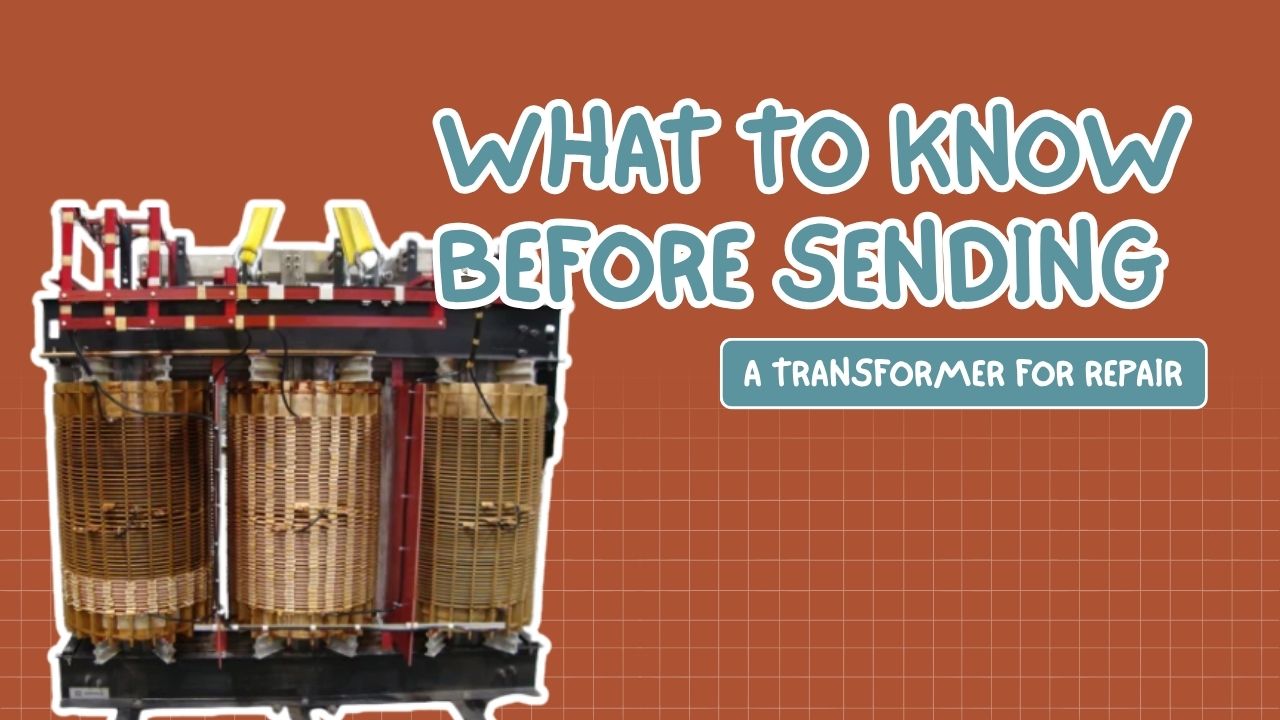

Not every damaged transformer goes straight to the workshop.
Sometimes you can isolate the issue and fix it in place. Other times, the damage goes deeper, beyond what onsite work can handle. You feel the pressure either way.
The longer it takes to act, the higher the risk of compounding failures.
Knowing what to prepare before you send it off can shape the speed, cost, and outcome of the repair itself.
A vague “something’s off” won’t help your repair partner.
You need real input data—tripping logs, DGA reports, sound patterns, even photos of external burns or bulges. This creates a technical trail for the shop to follow. It also filters out false positives that can waste time.
When your side sends the story of what went wrong, repair teams are more likely to spot what to look for once they crack the tank open.
One failed clamp or cracked bushing rarely lives alone. What caused that failure might still be hiding elsewhere in the system.
So while the repair will focus on the core issue, a good technician will check for signs of stress across the windings, insulation, oil system, and grounding path.
You can support this by flagging earlier maintenance events or quirks you’ve noticed in the months leading up to the breakdown. That context shapes how deep the team goes during disassembly.
Many delays start before the transformer leaves the site. Drainage points might be blocked. Some older units have brittle terminations that won’t survive the road vibration.
Even the tie-down plans need checking, especially with top-heavy designs or steep routes.
Walk around the unit with this question in mind: if we move it now, what could go wrong? Fix those weak points before they turn into transit damage.
Every repair job balances cost, performance, and life extension.
Some teams want the unit back fast to cover peak season loads. Others use the downtime to upgrade cooling or insulation class.
Communicate this clearly. If you treat this repair as a one-to-one replacement, you’ll miss the chance to fix small legacy issues along the way.
A transformer repair can double as a design correction—if your goals get shared early.
Not all repair facilities work the same way. Some specialize in rewind jobs. Others have better testing bays or faster access to custom-fit parts.
If your transformer uses non-standard ratings or an older winding method, check whether your partner has handled similar work before.
At Makpower, we often cross-check material specs upfront so we can start work without last-minute hold-ups or part mismatches.
A smooth repair starts long before the transformer reaches the shop floor. It comes from the way both sides share insight—what failed, what the history looked like, and what you expect when it returns.
Our teams at Makpower handle every unit with this context in mind. We factor in not just what broke, but how it ran before, how it might run better after, and what changes make sense while it’s in our hands.
Whether it’s a thermal issue, an oil integrity problem, or a design flaw you’ve lived with for years, there’s value in treating the repair as a reset, not just a patch. Get in touch with us to learn more.